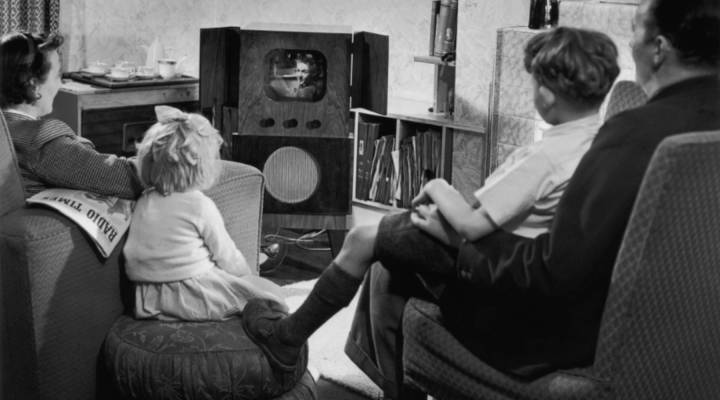
Even TV networks agree there are too many commercials

Over the past 10 years, the number of ads on TV has been rising, with some channels featuring as much as 15 minutes’ worth of them in a single hour.
But as people flock to streaming services like Netflix, their tolerance levels are decreasing. As a result, traditional networks like Fox are trying to come up with ways to reduce your commercial load — without reducing their ad revenue.
Jeanine Poggi, a media reporter for AdAge, joined us to discuss the tricky economics that these companies have to deal with, and why fewer ads might also be valuable to marketers. The following is an edited transcript of their conversation.
David Brancaccio: I had seen some statistics that there really are more commercials if you watch commercial network TV. That’s been the trend. But what, someone’s trying to put a stop to this?
Jeanine Poggi: Yeah, I mean, commercial loads have been just ballooning over the last decade. It’s kind of hard to watch some programming these days.
Brancaccio: I looked it up — 11 minutes an hour in some cases.
Poggi: And sometimes higher on certain cable networks. It could go up to as much as 15 minutes an hour, which is a ton when when you’re watching TV for an hour.
Brancaccio: Come for the commercials, stay for the programming.
Poggi: But now, you know, as more people are binge watching shows with limited commercials or watching on Netflix where there are no commercials, there’s really an intolerance for some of these commercial loads. So we’re having some networks like NBC Universal and Fox who are rethinking the commercial model for next season and trying to bring those levels down a bit.
Brancaccio: Well, one thing to do is jack up prices for the ads and have fewer of them if you can get the client to put up with that.
Poggi: That’s what they’re trying to do. So they need to make the economics work, the math still needs to work. They’re not going to take less ad revenue, right? So instead, they are trying to figure out a way that makes ads more valuable for advertisers.
Brancaccio: So what are some of the strategies then, for making these ads more valuable?
Poggi: Some of the things that Fox is doing is they are creating these branded-content pods. So they might have three to five minutes at the end of the Simpsons, let’s say, for a brand to run a commercial that looks a little bit more like a long-form piece of content.
Brancaccio: Yeah, like Homer Simpson comes out with not Duff beer, but actual Budweiser. But those would be at the fringes of the show?
Poggi: Right. So at the start of the show or at the end of the show — which makes sense so you can watch the show with a little bit less commercials, and then get those ads at the end of the program.
Brancaccio: But we’ve all been there. I mean, because you get used to watching Amazon Prime and Netflix and the other streaming services that don’t have ads at all. Or you have a DVR where you hit fast forward when you see the ads. I know we’re not supposed to say this in front of advertisers, but why not. And so I guess maybe even a time when the commercials loads are going up, the suggestion is maybe our tolerance is going down.
Poggi: Advertisers realize that too. They know that there’s a value in being in a program that has fewer commercials. If you’re sitting there and you’re a consumer, and there are less commercials on, you might be able to recall the messages that you saw better. So advertisers know that there is value there. The question is, what is the value? And what is the pricing that’s going to go along with that?
There’s a lot happening in the world. Through it all, Marketplace is here for you.
You rely on Marketplace to break down the world’s events and tell you how it affects you in a fact-based, approachable way. We rely on your financial support to keep making that possible.
Your donation today powers the independent journalism that you rely on. For just $5/month, you can help sustain Marketplace so we can keep reporting on the things that matter to you.


















